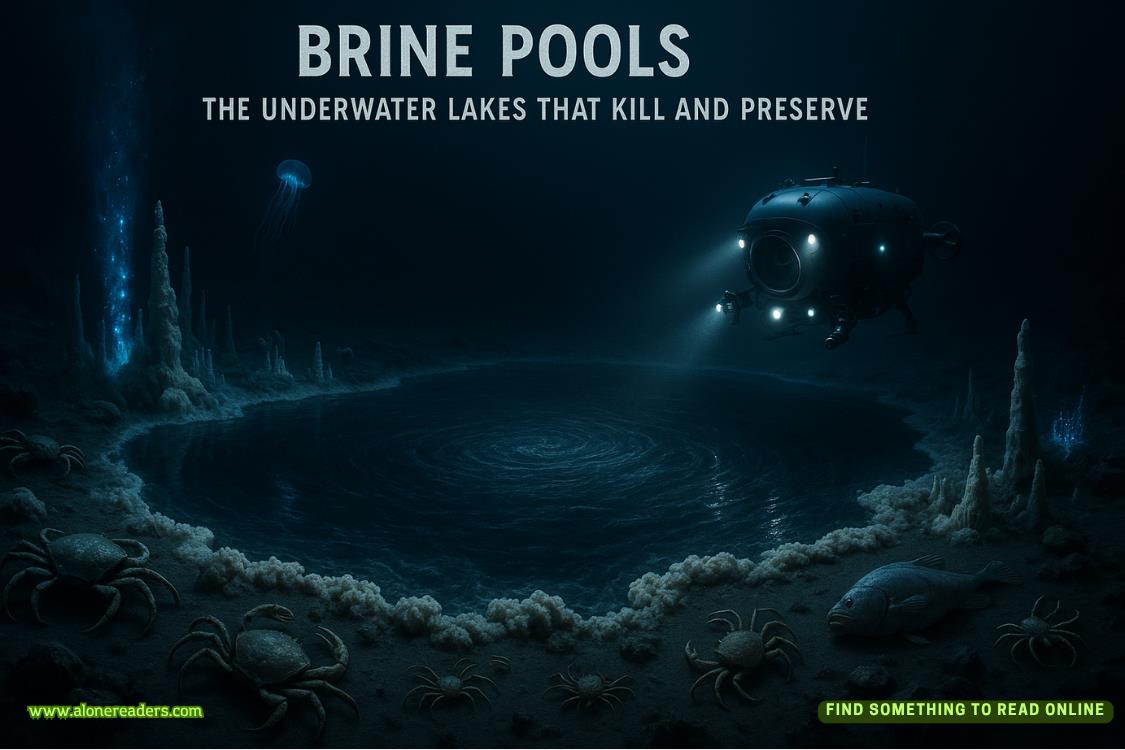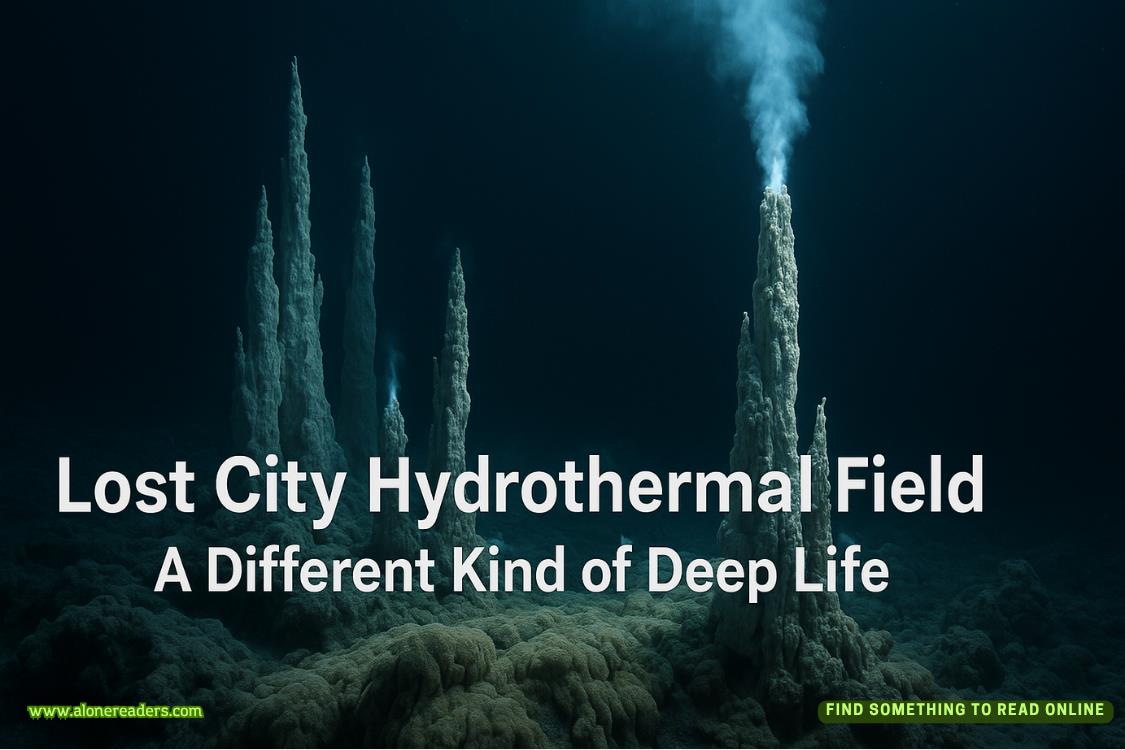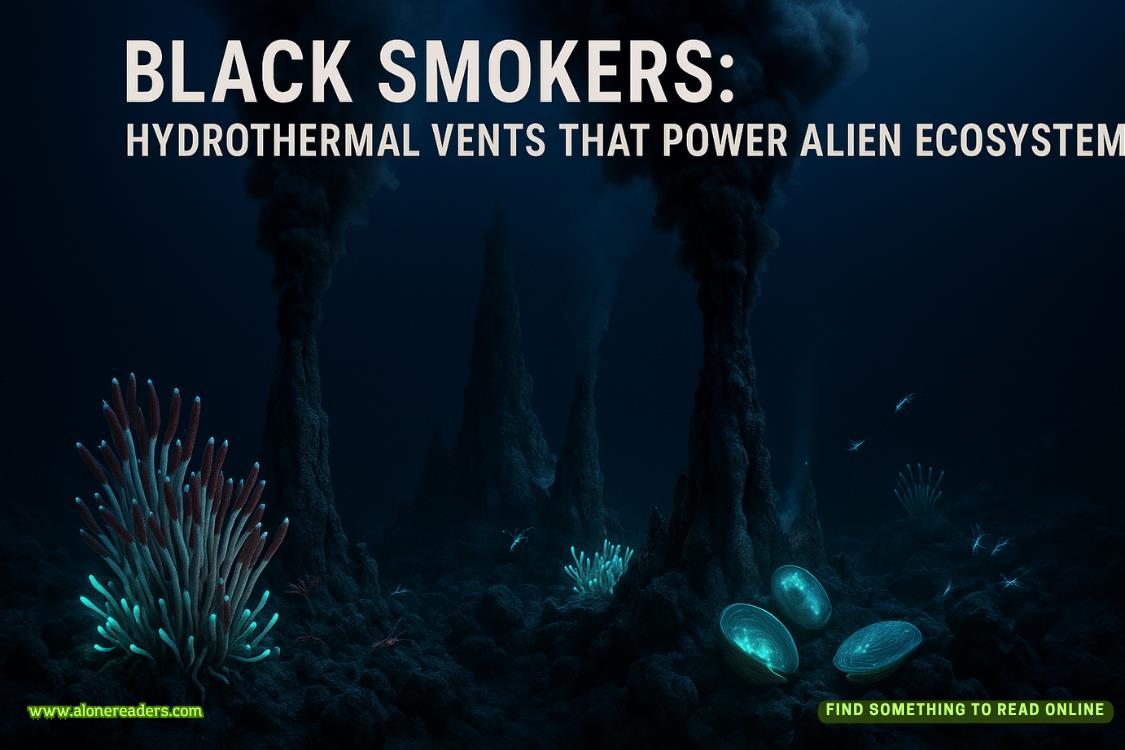Page 194 of Project Hail Mary
“Okay. Ten percent is close enough,” I say. I close the airlock emergency valve to reseal the ship. Then I open the nitrogen tank.
So now, instead of listening to a hiss from the airlock, I listen to a hiss from the nitrogen tank.
Not much difference there.
Again. It’s a bit of a wait. But not as long this time. Probably because the pressure inside that nitrogen tank was a lot higher than the pressure in the ship. Whatever. Point is, in short order the ship is back to 0.33 atmospheres of pressure. But it’s almost entirely nitrogen.
Funny thing—I’d be perfectly comfortable if I took this EVA suit off. I’d breathe without any problems. Right up until I died. There’s nowhere near enough oxygen for me to survive.
I want that nitrogen to permeate everything it can. I want it to get into every crevice. Wherever Taumoeba are lurking, I want them found and killed. Go forth, my N2minions, and cause destruction!
I head down to the lab and check out the BOCOA. I left in such a hurry I forgot to seal the vat. Fortunately, Astrophage is gunky stuff. Surface tension and inertia kept it inside. I close the lid and bring it up to the airlock. I jettison the whole thing.
I probably could have saved the surviving Astrophage in the vat. I could have bubbled nitrogen through the sludge to make sure it gets at all the little Taumoeba lurking inside. But why take the chance? I have over 2 million kilograms of Astrophage. There’s no point in risking the whole mission just to save a few hundred.
I wait three hours. Then I flick the breakers back on. After a period of initial panic, the life-support system gets the air back to normal thanks to the ship’s copious oxygen reserves.
I have to isolate every source of Taumoeba on this ship. Preferably before the life-support system finishes pumping out the nitrogen. Why not do it before getting back to normal air? Because it’ll be a lot easier and faster without wearing the EVA suit. I need my hands to do this, not my hands inside bulky gloves.
I climb out of the Orlan and fly down to the lab, the nitrogen cylinder in hand.
First up: the breeder farms.
I put each of the ten farms in large plastic bins. I install a little valve on each bin (epoxy can do anything), and pump in nitrogen. If any of the farms have a leak, the nitrogen will get in and kill everything. Any farm that’s behaving properly—keeping airtight—won’t have any problems.
The bins are airtight to begin with, but I seal them with duct tape anyway, and I deliberately overpressurize them by just a little bit. The sides and tops bulge out. Now if any of the farms leak, it’ll be visually apparent because the bulging will disappear.
Next up: the beetles and their mini-farms.
John and Paul already have their mini-farms installed. I put them in isolation bins just like I did with the breeder farms. I was working on Ringo when the poop hit the fan, so that mini-farm and the one intended for George are still uninstalled. I put the pair together in another isolation bin.
I tape everything to the walls. I don’t want any of the bins to float around. They might bump into something sharp.
The lab is a shambles. I was halfway through disassembling Ringo when I shut off the spin drives. Tools, beetle parts, and all manner of other junk floats around the room. I’ll have to clean all that up without the aid of gravity before I can even take a break.
“Well, this sucks,” I mumble.
It’s been three days since the Great Taumoeba Escape. I’ve taken no chances.
I manually shut off all the fuel bays—completely segregating each one from the fuel system. Then, one tank at a time, I opened it, collected an Astrophage sample from the line, and checked it in the microscope for Taumoeba contamination.
Thankfully, all nine tanks passed the test. I brought the spin drives back online and I’m cruising along at 1.5 g’s again.
I cobble together a “Taumoeba alarm” to alert me if this happens again. I should have done that in the first place, but hindsight is 20/20.
It’s a slide of Astrophage—same as I used in the Taumoeba farms—with a light on one side and a light sensor on the other. The whole system is exposed to the open air of the lab. If Taumoeba get ahold of that Astrophage, they’ll eat it, the slide will turn clear, and the light sensor will start beeping. So far, no beeping. The slide remains jet-black.
Now that things have calmed down and the problem is contained, I can start asking the million-dollar question: How did the Taumoeba get loose?
I put my hands on my hips and stare at the quarantine zone.
“Which one of you did this?” I say.
None of it makes sense. The farms worked for months without any hint of a leak. The mini-farms are hermetically sealed steel capsules.
Maybe some rogue Taumoeba was lurking on the ship since the last outbreak—back at Adrian. Somehow it didn’t find any Astrophage until just now?
No. From our experiments, Rocky and I learned that Taumoeba can only last about a week without food before it starves to death. And they’re not big on moderation. Either they wildly breed and consume all Astrophage to be found, or they aren’t present at all.















